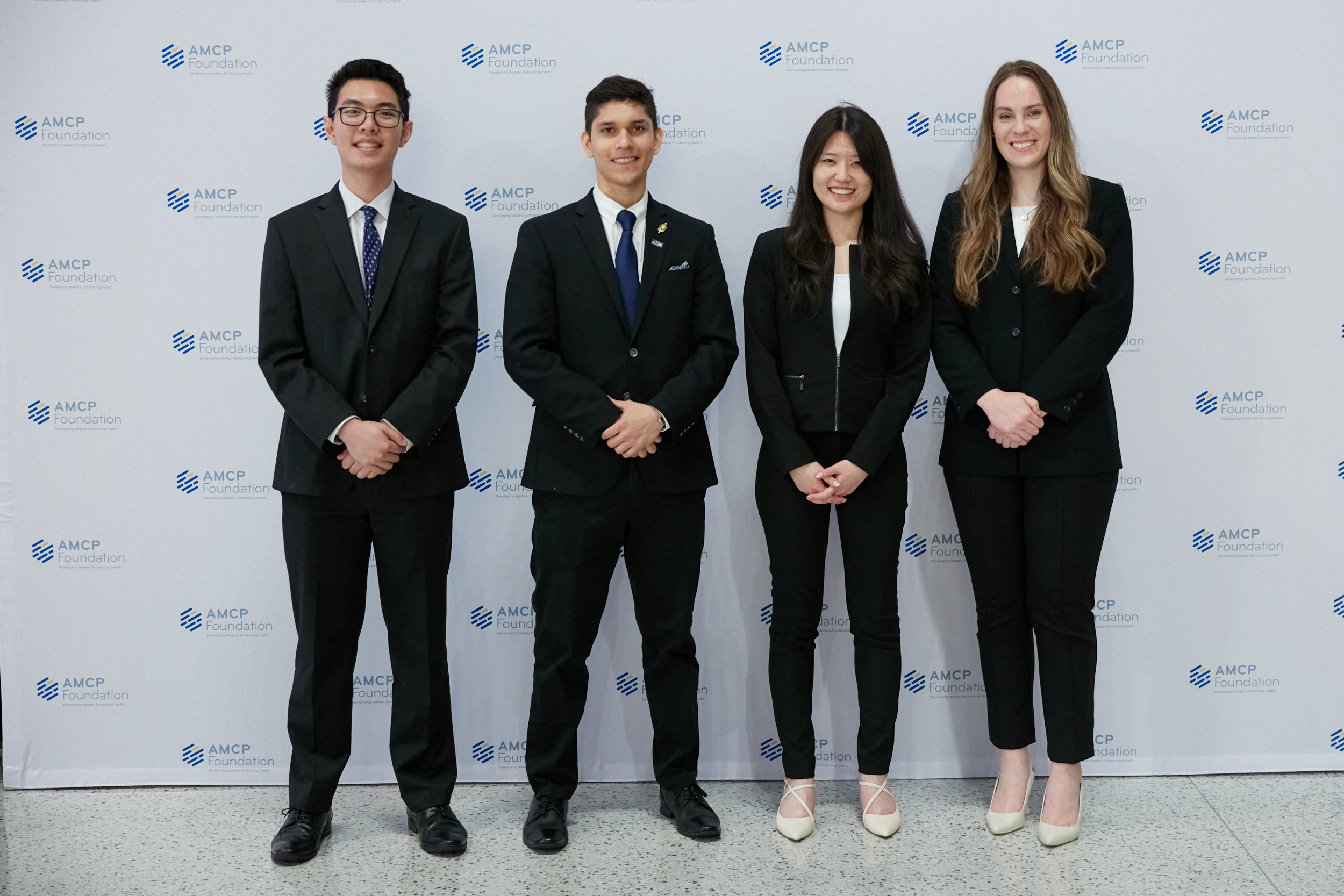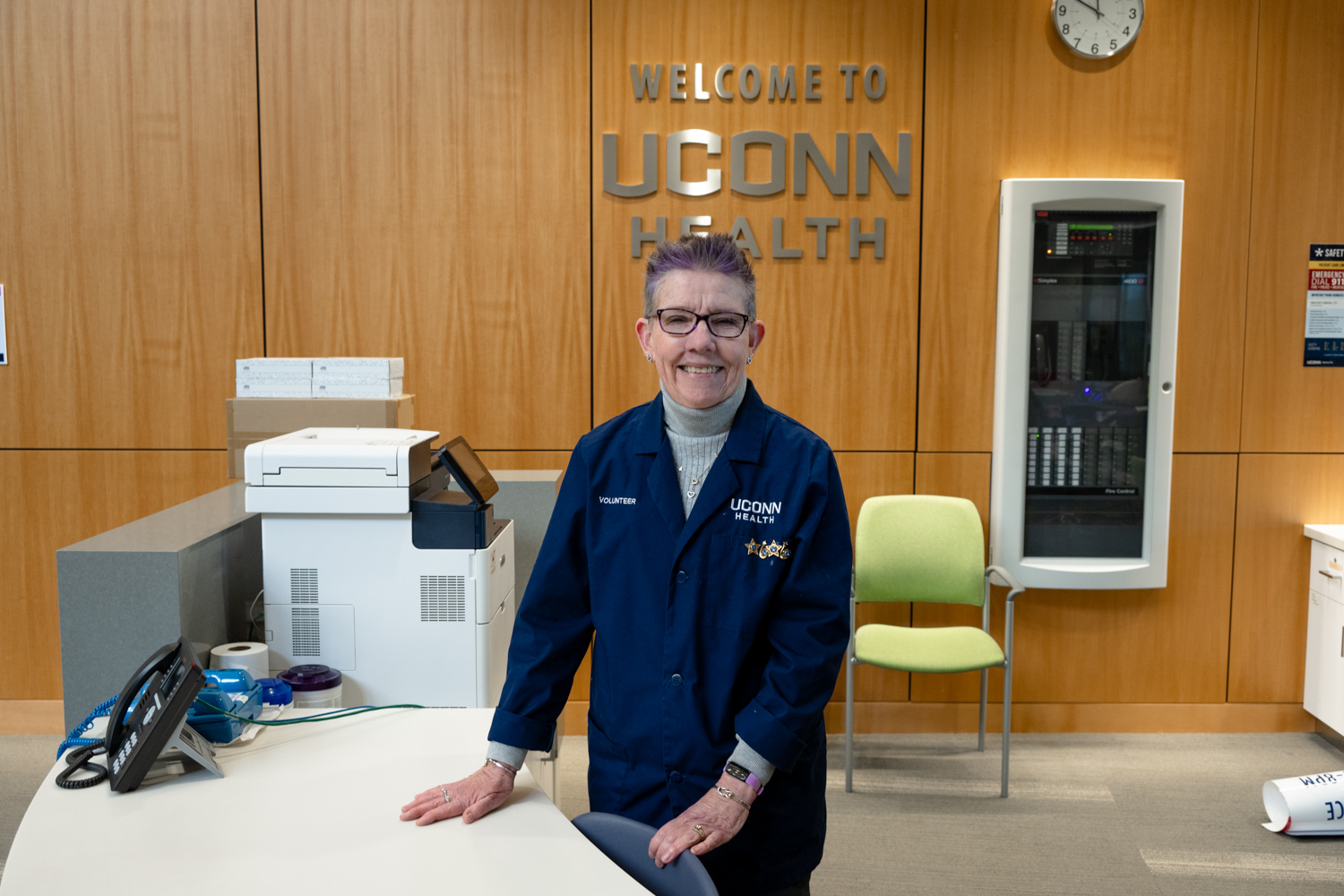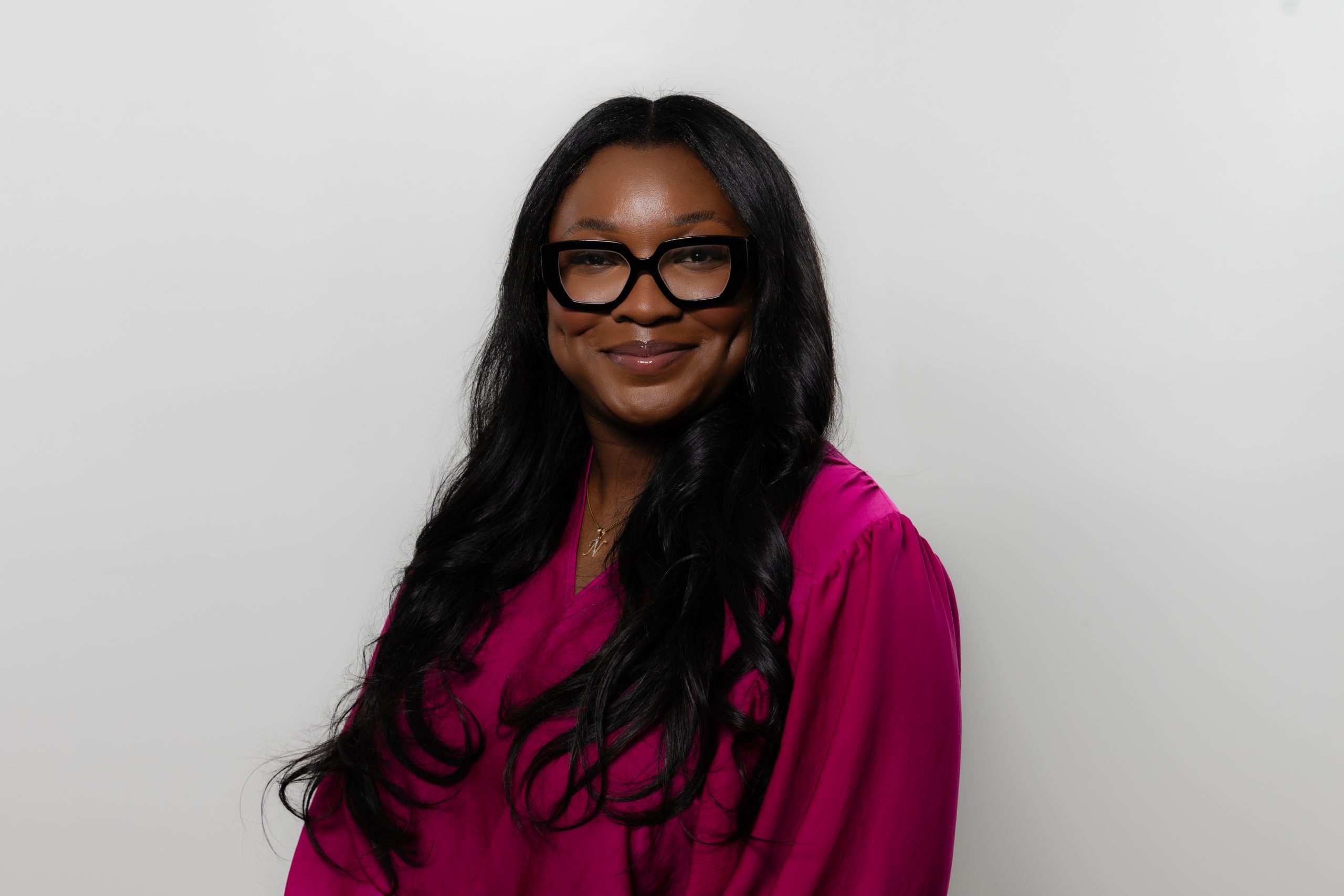
By Emily Jerome
Max Villa (B.S., M.S., Ph.D. candidate) planned something special between finishing his Master’s degree in Mechanical Engineering and starting his Ph.D. in Materials Science: a 4,300 mile, three month long cross country bike ride from Yorktown, VA to Astoria, OR.
“I had done some bike touring previously and really enjoy traveling by bike. The pace at which you’re moving is just fast enough that you can cover some distance, but not too fast, so you can pull over and check out a view. Touring back roads takes you to some beautiful places you just wouldn’t see traveling at high speed on the interstate. You also feel great the whole way, your heart pumping and legs moving. The hardest part was taking the time off, but in the context of a lifetime, it’s just a blink. There is just so much of the U.S. to see, I wanted to get as large of a cross-section as I could.”
Kevin Leshane (B.S., Physiology and Neurobiology and Journalism double major, 2008) joined Villa on the trip straight west from Virginia to Colorado (following the “1976 Bicentennial Route” published by Adventure Cycling in Missoula, MT), then through Wyoming, Montana, Idaho, and finally Oregon. With “about two months of riding and one month of exploring off the bike,” the pair bunked down at city parks, fire houses, churches and “the homes of incredibly generous Americans.”
They maintained a good pace; the shortest distance they covered in a day was about 30 miles in the Appalachians, scaling the steepest grades in the country. The longest was an over-120-mile day across Kansas. That, however, was “with tailwinds.”
The trip was not without challenges beyond steep mountain roads, including injuries and “one lightning storm where there was no place to hide.” Villa found himself “sitting in a ditch on the side of the road until it filled up with water, then I had to sit on my bike with the tarp over my head. The lightning was pretty close, but as with most lightning storms it didn’t last more than 20 minutes. I just timed it on my watch.”
When asked what he enjoyed most about the trip, Villa responds: “Seeing the Rockies on the horizon after riding through the dust flats of eastern Colorado. Riding downhill for two days along the Lochsa River in Idaho. Getting invited to a wedding on the Ohio River. Hot springs. Meeting other riders from all over the world. Jumping in lots of rivers in Missouri. Staying in a ghost town with a potter living in an old gas station. Riding along the Oregon coast after reaching the Pacific. Those stand out as highlights, but the whole thing was pretty enjoyable. America is a wide, beautiful and incredibly friendly place! We were helped from all manner of folks throughout the country.”
The intense physical trip required some of the skills he has come to value in his engineering career. “Engineering is in some way about taking a big task and breaking it down into smaller parts. I suppose that’s what we did every day, breaking down climbs into the smaller goals. Another part of working through a big task is pace. It’s important to move quickly, but not so quick that you burn out. In the end, all problems are soluble, but you’ve got to stick around to see it. Engineers are pretty determined thinkers.”
Villa first began developing that determination as an undergraduate majoring in Mechanical Engineering. “I wasn’t sure exactly what at the time, but I knew I wanted to do something creative that would contribute to society in a big way.” His studies helped him “gain a broad knowledge of how to make things. I felt upon graduation that I had just scratched the surface of some of the technical subjects I had been exposed to and I also really loved research. It was a natural choice to continue on in Mechanical Engineering for my Master’s degree.”
The combination of engineering and biology Villa explored in his master’s work helped jump-started an ongoing fascination with biomedical engineering. For his thesis project he developed a microfluidic device to culture embryonic stem cells. “Such a system affords greater control of the stem cell microenvironment and therefore cell fate. I came across a paper where a group replaced a woman’s collapsed bronchial tube with decellularised donor tissue seeded with the patient’s own stem cells. There was no immune rejection and the patient made a recovery that translated into a huge improvement in her quality of life. I thought that was really cool, so I began thinking about the fields of regenerative medicine and tissue engineering.”
Villa spent a short time in the biomaterials industry after completing his M.S. degree, then returned to UConn to complete a Ph.D. with Dr. Mei Wei’s group in Materials Science & Engineering. He is currently working on the development of an experimental platform to visualize the interplay of progenitor cells, scaffold and new bone in 3D and real-time during the repair process. “We’re using a combination of transgenic fluorescent mice, which allows us to track specific cell components as they differentiate into bone forming cells, and 2-photon microscopy for noninvasive three-dimensional scanning of the repair zone. Using this platform we can get a better idea of the repair process and make the appropriate modifications to our scaffold and the progenitor population that is seeded into it.”
With the journey of a lifetime already under his belt, Villa notes that now “I think about time and space a little differently. If you’re enjoying yourself there’s nothing out of reach. I would encourage everyone to truly dream big; you’d be surprised what you’re capable of  !”
!”
For more information on Prof. Mei Wei’s lab: http://weilaboratory.engr.uconn.edu/


